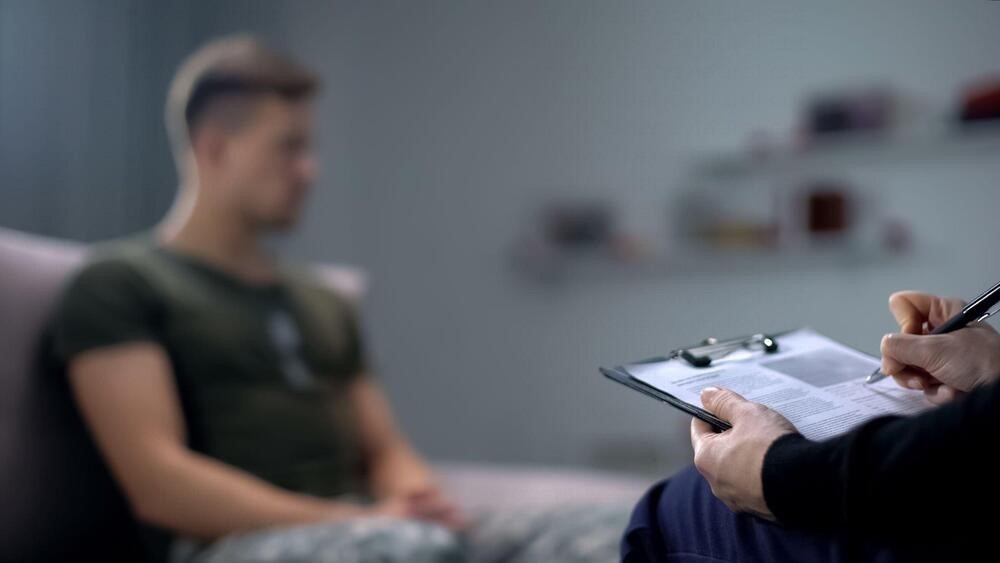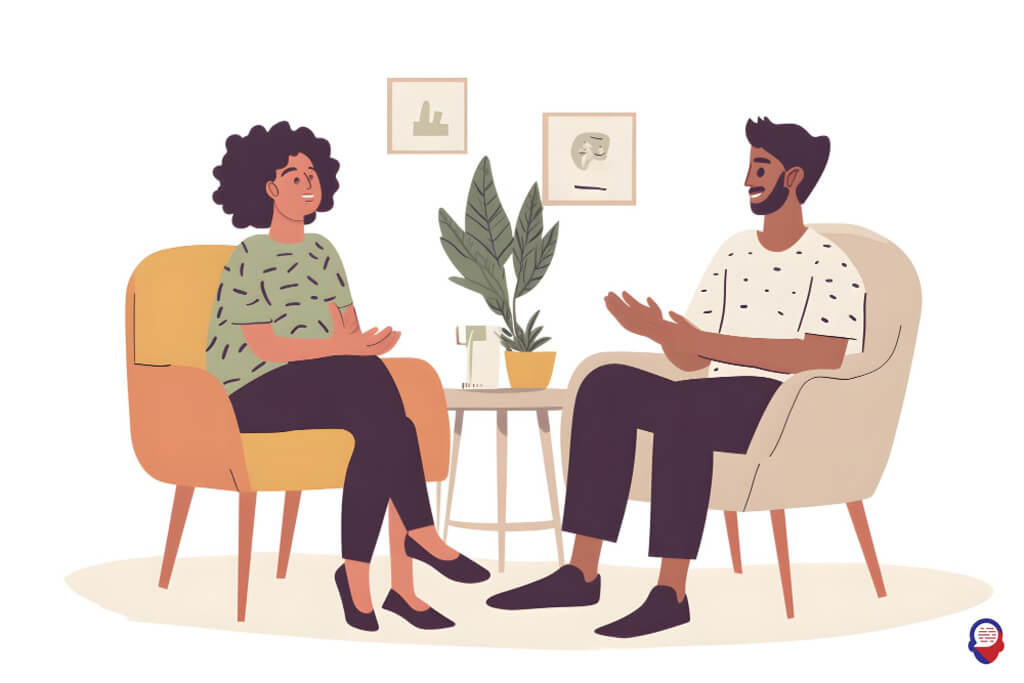Confronting Mortality: A CBT Guide to Overcoming Death Anxiety
The thought of death is a universal human experience. It’s a shadow that walks with us from the moment we understand life is finite. For most, it’s a fleeting, uncomfortable thought, pushed aside for the demands of the day. But what happens when that shadow grows, when the thought becomes an obsession, a persistent dread that colours every moment and steals the joy from living? This is death anxiety, and it can feel isolating and overwhelming. The good news is that you are not alone, and there is a powerful, evidence-based path toward peace.
Cognitive Behavioural Therapy, or CBT, offers a structured and compassionate framework for understanding and dismantling this profound fear. It doesn’t promise to erase the reality of death. Instead, it equips you with the tools to change your relationship with it. It helps you shift from a life dictated by fear of an ending to one focused on the richness of the present. This article will guide you through the principles of CBT for death anxiety, helping you understand its roots and learn how to reclaim your life from its grip.
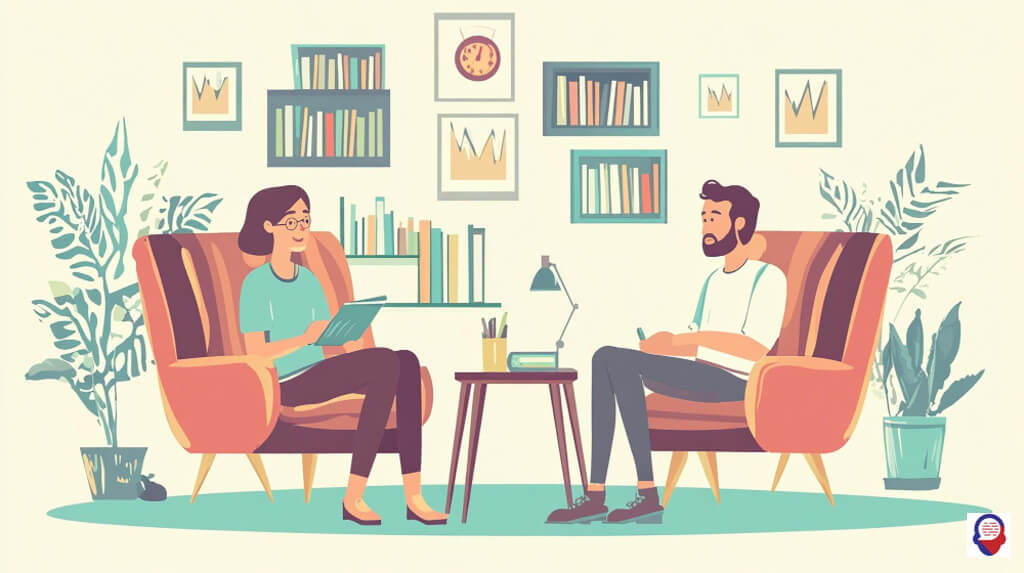
What Is Death Anxiety?
Death anxiety, sometimes known as thanatophobia, is an intense and persistent fear of one’s own death or the process of dying. It goes far beyond the normal, occasional contemplation of mortality and becomes a source of significant distress that interferes with daily life.
This isn’t just a simple worry. It can manifest as a full-blown phobia, triggering panic attacks, obsessive thoughts, and a range of avoidance behaviours. People struggling with it might feel a constant sense of impending doom, experience physical symptoms like a racing heart or shortness of breath at the mere thought of death, and find their world shrinking as they try to avoid any reminder of their mortality.

How Is It Different From a Normal Fear of Dying?
A normal fear of dying is a rational, adaptive human response that encourages self-preservation. It’s the feeling that makes you look both ways before crossing the street or wear a seatbelt. It is typically fleeting and does not disrupt your ability to function, form relationships, or find joy in life.
Death anxiety, in contrast, is maladaptive. The fear becomes the central organising principle of a person’s life. It is disproportionate to any immediate threat and is triggered by abstract concepts, news stories, or even internal thoughts. While a healthy fear helps you live safely, death anxiety stops you from living fully.

Why Do We Fear Death?
The fear of death is rarely a single, simple fear, but rather a complex cluster of related anxieties. Understanding these underlying components is the first step in addressing them, as it allows you to target the specific thoughts that fuel your distress.
People often fear death not as a single event, but for what it represents. It can be a fear of the unknown, of what, if anything, comes next. For others, it’s a deep-seated fear of losing control, of the body failing, or of being dependent on others. The process of dying itself, with its potential for pain and suffering, is another significant source of anxiety. Many also fear the profound sadness of leaving loved ones behind or the regret of an unlived life. Identifying which of these facets resonates most with you is a crucial part of the therapeutic process.
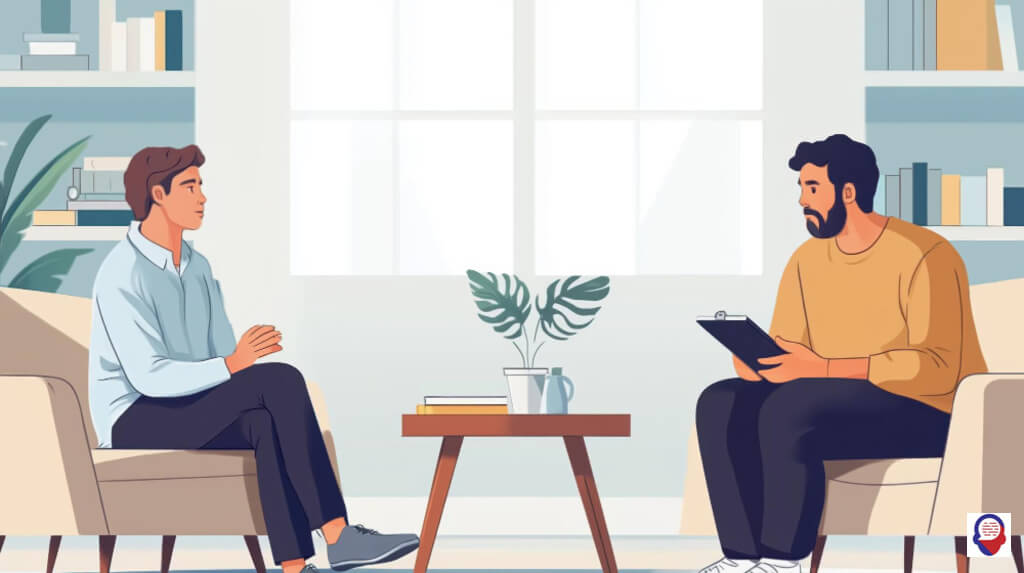
What Is the Fear of the Unknown?
The fear of the unknown is a fundamental human anxiety, and death is the ultimate unknown. This fear centres on the absolute uncertainty of what happens after our final breath. It is the terror of non-existence, the possibility of a void, or the ambiguity of an afterlife that cannot be proven or disproven.
This specific anxiety is fuelled by our mind’s natural tendency to fill in blanks, and when it comes to death, it often fills them with the most terrifying possibilities. CBT helps you learn to tolerate this uncertainty, rather than trying to solve an unsolvable mystery. It teaches you to live with the question, rather than being tormented by the lack of a definitive answer.

What About the Fear of Losing Control?
A fear of losing control is another major pillar of death anxiety. Life is a constant exercise in exerting control over our environment, our careers, and our bodies. Death represents the absolute, irreversible loss of that control.
This fear can manifest as anxiety about the dying process itself, such as becoming physically helpless or mentally incapacitated. It’s the fear of being a burden, of losing dignity, and of having your autonomy stripped away. CBT addresses this by helping you differentiate between what you can and cannot control. It encourages focusing your energy on the aspects of your life you can control right now, such as your choices, your values, and your responses, which can restore a sense of agency even in the face of life’s greatest uncertainty.

How Does Concern for Loved Ones Play a Role?
For many, the most painful aspect of contemplating death is the thought of leaving family and friends behind. This is a fear rooted in love and connection. It’s the anxiety of causing grief to those you care about, or the worry about who will take care of them when you are gone.
While this concern comes from a place of deep care, it can become a source of overwhelming anxiety. You might find yourself obsessively worrying about your partner’s future or your children’s well-being. CBT can help you reframe these worries, turning them from a source of paralysing fear into a motivation for meaningful action in the present. This could involve practical steps like financial planning, but more importantly, it involves focusing on the quality and depth of your relationships now.

How Does CBT Address the Fear of Death?
Cognitive Behavioural Therapy directly addresses the fear of death by breaking it down into three interconnected components: your thoughts, your feelings, and your behaviours. It operates on the core principle that it is not death itself that causes your distress, but your interpretation and thoughts about it.
CBT provides a practical, hands-on approach to change the patterns that keep you stuck. By learning to identify and challenge the unhelpful thoughts that trigger your anxiety, you can change the emotional and physical response they create. In turn, by modifying the behaviours that reinforce the fear, you weaken its hold over you, creating a positive cycle of empowerment and relief.
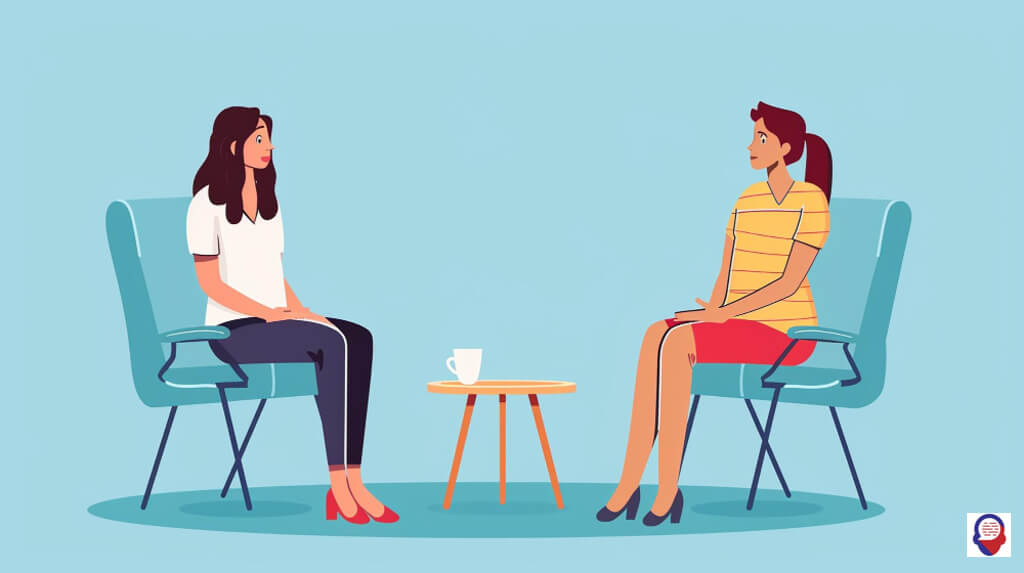
What Is the Role of Thoughts in Death Anxiety?
Your thoughts are the engine of your anxiety. In death anxiety, these thoughts often take the form of cognitive distortions, which are irrational, exaggerated, or biased ways of thinking that feel true but are not based in reality.
For example, you might engage in "catastrophizing," where you imagine the most horrific, painful dying process possible. Or you might use "all-or-nothing thinking," believing that life is pointless if it has to end. These thoughts trigger intense feelings of fear, dread, and hopelessness. A primary goal of CBT is to teach you to become a detective of your own thoughts, learning to spot these distortions and replace them with more balanced and realistic perspectives.

How Do Behaviours Reinforce This Fear?
Your behaviours play a crucial role in maintaining and strengthening your death anxiety. When you feel anxious, your natural instinct is to do something to reduce the fear, often through avoidance or safety-seeking behaviours.
You might meticulously avoid funerals, hospitals, or even news reports about accidents or illness. You might constantly check your body for signs of sickness or seek reassurance from doctors or family members. While these actions provide temporary relief, they reinforce the underlying belief that death is so terrifying it must be avoided at all costs. This avoidance prevents you from ever learning that you can, in fact, tolerate the thought of mortality, trapping you in a cycle of fear.

What Are the Key CBT Techniques Used?
CBT uses a toolkit of specific, evidence-based techniques to dismantle the structure of death anxiety. The primary methods include cognitive restructuring, to change your thinking patterns, and exposure therapy, to change your behavioural responses.
These techniques are not about tricking yourself or simply "thinking positive." They are systematic processes for examining your fears, testing your beliefs against reality, and gradually building a tolerance for the discomfort that comes with contemplating mortality. The goal is to reduce the emotional charge of the fear, allowing you to think about death without being overwhelmed by panic.

How Does Cognitive Restructuring Work?
Cognitive restructuring is the process of identifying, questioning, and changing the anxious thoughts that fuel your fear. This often starts with a "thought record," where you write down the situation that triggered your anxiety, the automatic thoughts that came up, and the emotions you felt.
Once you’ve identified a thought like, "Thinking about death will make me lose my mind," you can begin to challenge it. You would ask for evidence. Has thinking about it ever actually made you lose your mind? What is a more balanced, less catastrophic way to view this? Perhaps a more realistic thought is, "Thinking about death is uncomfortable and scary, but the feeling eventually passes, and I can handle it." Over time, this practice rewires your automatic thought patterns.

What Is Exposure Therapy for Death Anxiety?
Exposure therapy is a gradual and controlled process of confronting the things you fear and avoid. This is always done in a planned, systematic way, starting with things that cause only mild anxiety and slowly working up to more challenging situations. The goal is to break the connection between the trigger and the panic response.
For death anxiety, an exposure hierarchy might start with something as simple as writing the word "death" on a piece of paper. It could then progress to reading an obituary, watching a movie where a character dies peacefully, or writing a letter to a loved one to be read after you’re gone. By repeatedly facing these triggers without the feared catastrophe occurring, your brain learns that these things are not dangerous. The fear subsides through a process called habituation.

How Can Behavioural Experiments Help?
Behavioural experiments are a powerful way to test your fearful predictions directly. They are essentially small, real-world scientific experiments where your anxious thought is the hypothesis.
For example, your fearful prediction might be, "If I visit my elderly grandmother in her nursing home, I will be overwhelmed with thoughts of death and have a panic attack." The experiment would be to plan a short, 15-minute visit. Afterwards, you would analyse the results. Did you have a full-blown panic attack, or were you just uncomfortable? Were you able to focus on your grandmother at all? Often, you discover that your predictions were far more extreme than the reality, which provides powerful evidence against your anxious thoughts.

Can I Practice CBT for Death Anxiety on My Own?
Yes, many of the core principles and techniques of CBT can be adapted for self-help, providing you with a starting point for managing your fear. While working with a qualified therapist is often the most effective path, especially for severe anxiety, self-help strategies can build a strong foundation for change.
Beginning this work on your own requires commitment and patience. It involves becoming more aware of your internal world and being willing to sit with some discomfort as you gently challenge your long-held patterns of thinking and behaving. These strategies can empower you to take an active role in your own mental well-being.

How Do I Identify My Anxious Thoughts About Death?
The first step is to become a mindful observer of your own mind. You can start by keeping a simple journal or thought record. Whenever you feel a surge of anxiety related to death, take a moment to pause and write down what was going through your mind just before the feeling started.
Ask yourself, what was the specific trigger? Was it a news story, a physical sensation, or just a random thought? Write down the exact thought, word for word, such as "My heart skipped a beat, I must be having a heart attack" or "Life is meaningless because it ends." Simply noticing and naming these automatic thoughts without judgment is a powerful act that separates you from the thought itself, creating space for you to challenge it.

How Can I Challenge These Thoughts?
Once you have identified an anxious thought, you can begin to question it using a method known as Socratic questioning. This involves asking yourself a series of questions to examine the thought’s validity.
Ask questions like, "What is the evidence that supports this thought?" and "What is the evidence against it?" Consider, "Am I making any thinking errors, like catastrophizing or jumping to conclusions?" Another powerful question is, "What is a more helpful or balanced way of looking at this situation?" The goal isn’t to prove the thought 100% wrong, but to see that it is not 100% right, opening the door to alternative, less frightening perspectives.

What Are Some Practical Behavioural Changes I Can Make?
You can start making small, intentional changes to your behaviour that counter the cycle of anxiety. One of the most powerful is to focus on living a life aligned with your values. Ask yourself what truly matters to you, whether it’s connection, creativity, learning, or kindness, and then take small, daily actions that honour those values. This shifts your focus from the fear of dying to the purpose of living.
Another key practice is mindfulness. Mindfulness meditation teaches you to anchor your attention in the present moment, observing your thoughts and feelings without getting swept away by them. This skill is invaluable for managing anxiety, as it allows you to notice a fearful thought arise and let it pass like a cloud in the sky, rather than getting caught in a storm. Finally, you can create your own gentle exposure hierarchy, slowly and safely re-engaging with things you have been avoiding.

When Should I Seek Professional Help?
You should consider seeking professional help when your fear of death is significantly impacting your quality of life. Self-help is a great start, but a therapist provides guidance, support, and expertise that can be crucial for overcoming deep-seated anxiety.
Look for signs that the fear is out of control. Are you having trouble sleeping? Is your anxiety affecting your work performance or your relationships? Do you spend hours each day worrying or engaging in compulsive checking or reassurance-seeking? If your world feels like it’s shrinking due to avoidance, or if you feel persistently hopeless or depressed, it is a clear sign that it’s time to reach out to a qualified mental health professional.
Frequently Asked Questions

Is it normal to have some fear of death? Yes, it is completely normal and healthy to have some fear of death. This fear is an evolutionary trait that promotes survival and caution. It only becomes a clinical issue, known as death anxiety or thanatophobia, when the fear is so persistent and intense that it causes significant emotional distress and disrupts your ability to live a normal, fulfilling life.
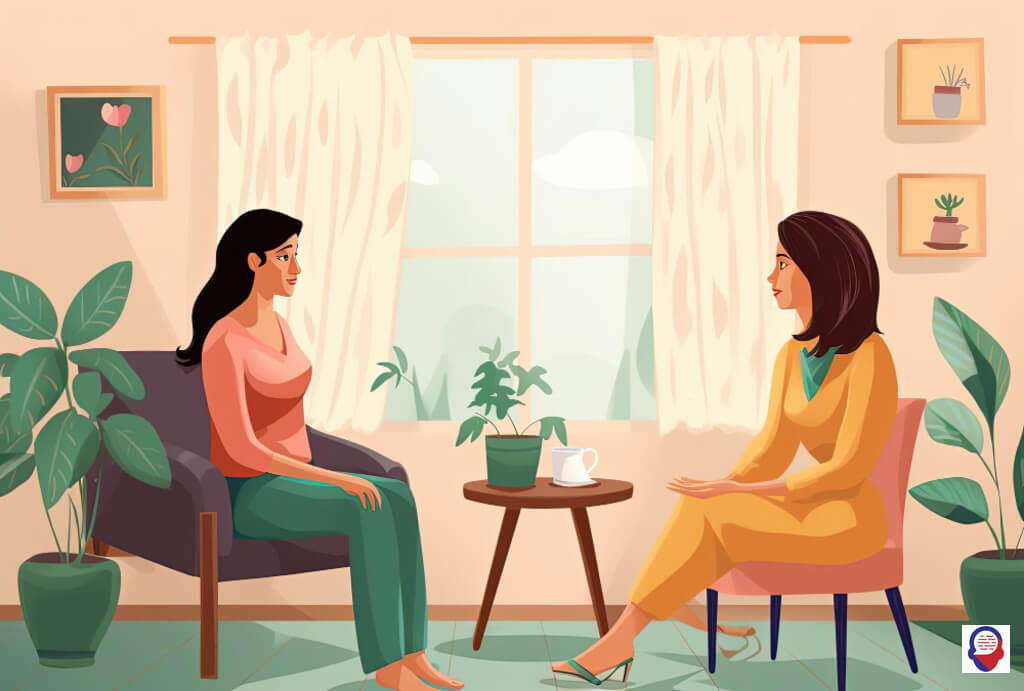
How long does CBT for death anxiety usually take? The duration of CBT varies greatly from person to person, depending on the severity of the anxiety and the individual’s pace of progress. Typically, a course of CBT involves between 12 and 20 weekly sessions. Some individuals may experience significant relief more quickly, while others with more complex or long-standing fears may benefit from a longer period of therapy. The focus is on learning skills, not just counting sessions.

Can medication help with death anxiety? Medication can sometimes be a helpful component of treatment, but it is not typically a standalone solution for death anxiety. Antidepressants or anti-anxiety medications may be prescribed to help manage the overwhelming symptoms of panic or depression, making it easier for a person to engage in therapy. However, CBT is what provides the long-term skills to change the underlying thought and behaviour patterns that drive the fear.
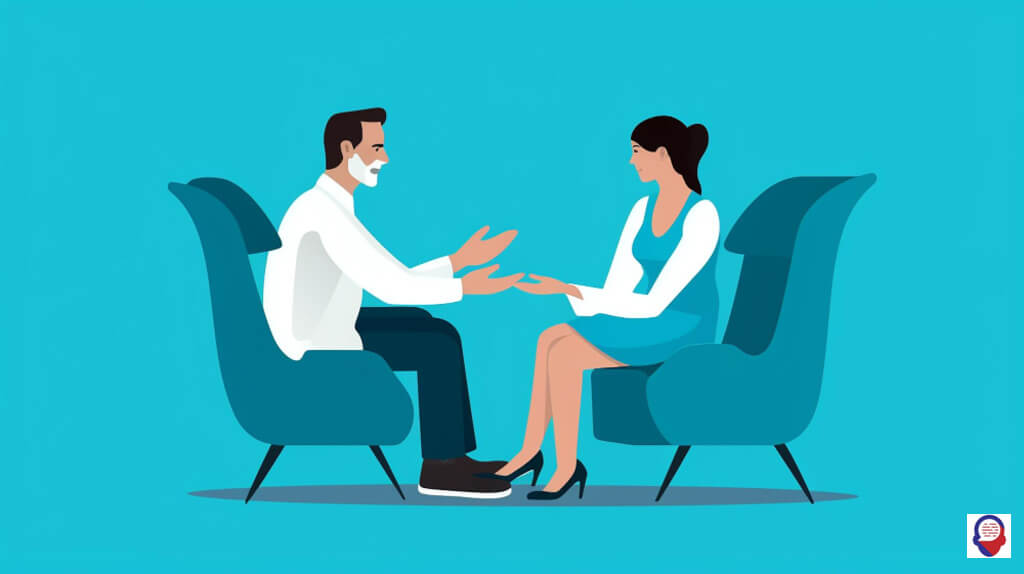
Will CBT make me stop caring about death? No, the goal of CBT is not to make you indifferent or cavalier about death. The aim is to reduce the debilitating anxiety and panic associated with it so that it no longer controls your life. It helps you accept mortality as a natural part of life, freeing up your mental and emotional energy to focus on living in a meaningful and present way. You will still understand the gravity of death, but you will not be paralysed by it.

Is online CBT as effective as in-person therapy? Yes, a growing body of research shows that online CBT can be just as effective as traditional in-person therapy for anxiety disorders, including death anxiety. Online therapy offers greater accessibility, convenience, and flexibility, allowing you to connect with a qualified therapist from the comfort and privacy of your own home. The key to success, whether online or in-person, is the quality of the therapeutic relationship and your commitment to the process.
You do not have to navigate the profound fear of mortality on your own. Carrying this weight in silence can be one of life’s most isolating challenges. At Counselling-uk, we understand. We are here to offer a safe, confidential, and professional place where you can explore these fears without judgment. Our compassionate therapists are trained to help you with all of life’s challenges, providing the support and evidence-based tools you need to find peace and live more fully. Take the first step toward reclaiming your life today.
